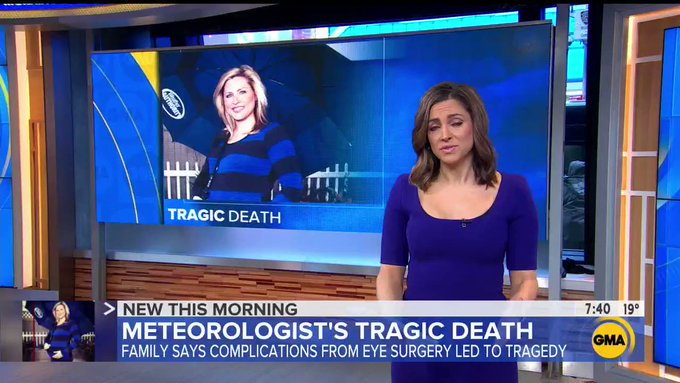By Eric Leister, AccuWeather senior meteorologist
Several all-time records were scattered across the United Kingdom in the past week as unprecedented warmth dominated the country.
Scotland set a new record for highest February high temperature and highest daily minimum temperature during the recent warm spell.
The records continued to fall on Monday and Tuesday as the U.K. set a new February maximum temperature both days.
The new record is 21.2 C (70.2 F), which was set in Kew Gardens in southwestern London on Tuesday afternoon.
The recent warm weather has helped fuel multiple wildfires, including a blaze that damaged parts of East Sussex’s Ashdown Forest, which is the inspiration for the fictional Hundred Acre Wood in the classic "Winnie the Pooh" books, according to the Associated Press.
Big changes are on the way as the warmth will be replaced by cooler, wet and windy weather in the coming days.

Even as cooler air arrives, temperatures in most places will remain above average through the weekend.
The weather will continue to turn more unsettled for the weekend as a pair of storms bring rounds of rain, strong winds and another push of cool air to the entire U.K.
Rain will spread into Northern Ireland Friday afternoon before dampening the rest of the country Friday night.
Rain will continue to fall, heavy at times on Saturday. The rain will be accompanied by cold winds on Saturday with widespread wind gusts of 40-50 mph (65-80 km/h). In some locations in Wales, northern England, Northern Ireland and Scotland, wind gusts could exceed 60 mph (97 km/h) from midday into the evening.

Rain and wind will continue to be a concern across Wales and southern England on Sunday as another storm system strikes the region.
The heaviest rain is expected during the afternoon and continue into Sunday night, when another round of strong winds will batter parts of southern England and Wales.
Wind gusts with this second storm later Sunday and Sunday night will likely be stronger than the first storm.
RELATED:
United Kingdom Weather Center
Interactive UK Weather Radar
AccuWeather 2019 Europe spring forecast
United Kingdom Weather Center
Interactive UK Weather Radar
AccuWeather 2019 Europe spring forecast
Chilly, showery weather will prevail elsewhere across the U.K. In fact, it will be cold enough for snow to fall across the higher terrain of Scotland and far northern England on Saturday night and Sunday.
The potential exists for either of these storms to strengthen into a named windstorm, bringing significant impacts to the region.
Impacts ranging from travel disruptions to power outages and tree damage are possible.
The change to cooler and unsettled weather will continue into next week across the U.K. Another potential windstorm will bring another round of wind and rain from Tuesday into Wednesday.
Download the free AccuWeather app to see when rainy conditions are next expected in your area.















